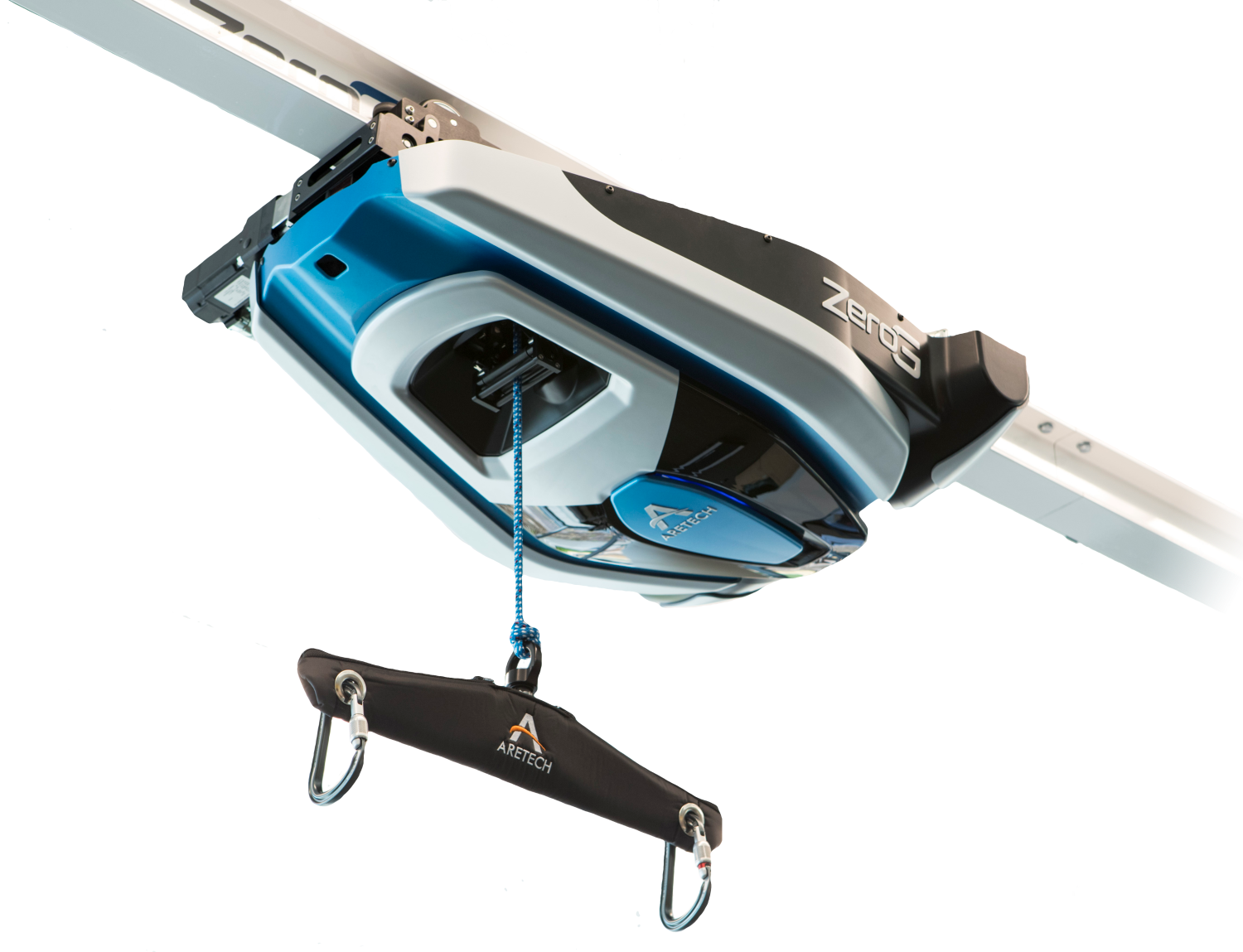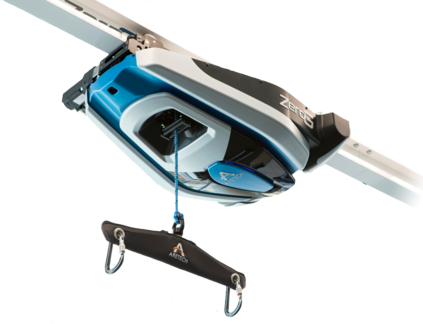To enable the broad adoption of wearable robotic exoskeletons in medical and industrial settings, it is crucial they can effectively support large repertoires of movements. We propose a new human-machine interface to drive bilateral ankle exoskeletons during a range of 'unseen' walking conditions that were not used for establishing the control interface. The proposed approach uses person-specific neuromechanical models of the human body to estimate biological ankle torques in real-time from electromyograms (EMGS) and joint angles. A low-level controller based on a disturbance observer translates biological torque estimates into exoskeleton commands. We call this 'neuromechanical model-based control' (NMBC). NMBC enabled five individuals to voluntarily control exoskeletons across two walking speeds performed at three ground elevations with no need for predefined torque profiles, nor a prior chosen neuromuscular reflex rules, or state machines as common in literature. Furthermore, a single subject case study was carried out on a dexterous moonwalk task, showing reduction in muscular effort. NMBC enabled reducing biological ankle torques as well as eight ankle muscle EMGs both within (22% for the torque; 13% for the EMG) and between walking conditions (22% for the torque; 13% for the EMG) when compared to non-assisted conditions. Torque and EMG reduction in novel walking conditions indicated the exoskeleton operated symbiotically as an exomuscle controlled by the operator's neuromuscular system. This will open new avenues for systematic adoption of wearable robots in out-of-the-lab medical and occupational settings.
翻译:为了在医疗和工业环境中广泛采用可磨损的机器人外科骨质素,至关重要的是,它们能够有效地支持大规模运动。我们提议在一系列“不见”的行走条件下,在一系列“不用于建立控制界面”的“不见”行走条件下,使用一个新的人体机械界面驱动双脚脚前骨质素。拟议方法使用人体个人特有的神经机械模型,实时从电磁图(EMGS)和联合角度来估计生物脚踝肌质。基于扰动观察者的低级别控制器将生物透镜估计转换成外骨质指令。我们称之为“神经机械模型控制 ” 。NMBC使5个人能够自愿控制在3个地面高处进行的双行走速度的外骨质素外科素。 不需要预先定义肿瘤剖面图,也不需要先前选择的神经肌肉反应规则,或文献中常见的国有机器。此外,一个单一主题的案例研究将进行离心月行状态任务,显示肌肉外行情下降。在肌肉运动中,NMBC系统内将生物脚部骨质链路路路流递减为EMG的EMG至13。






